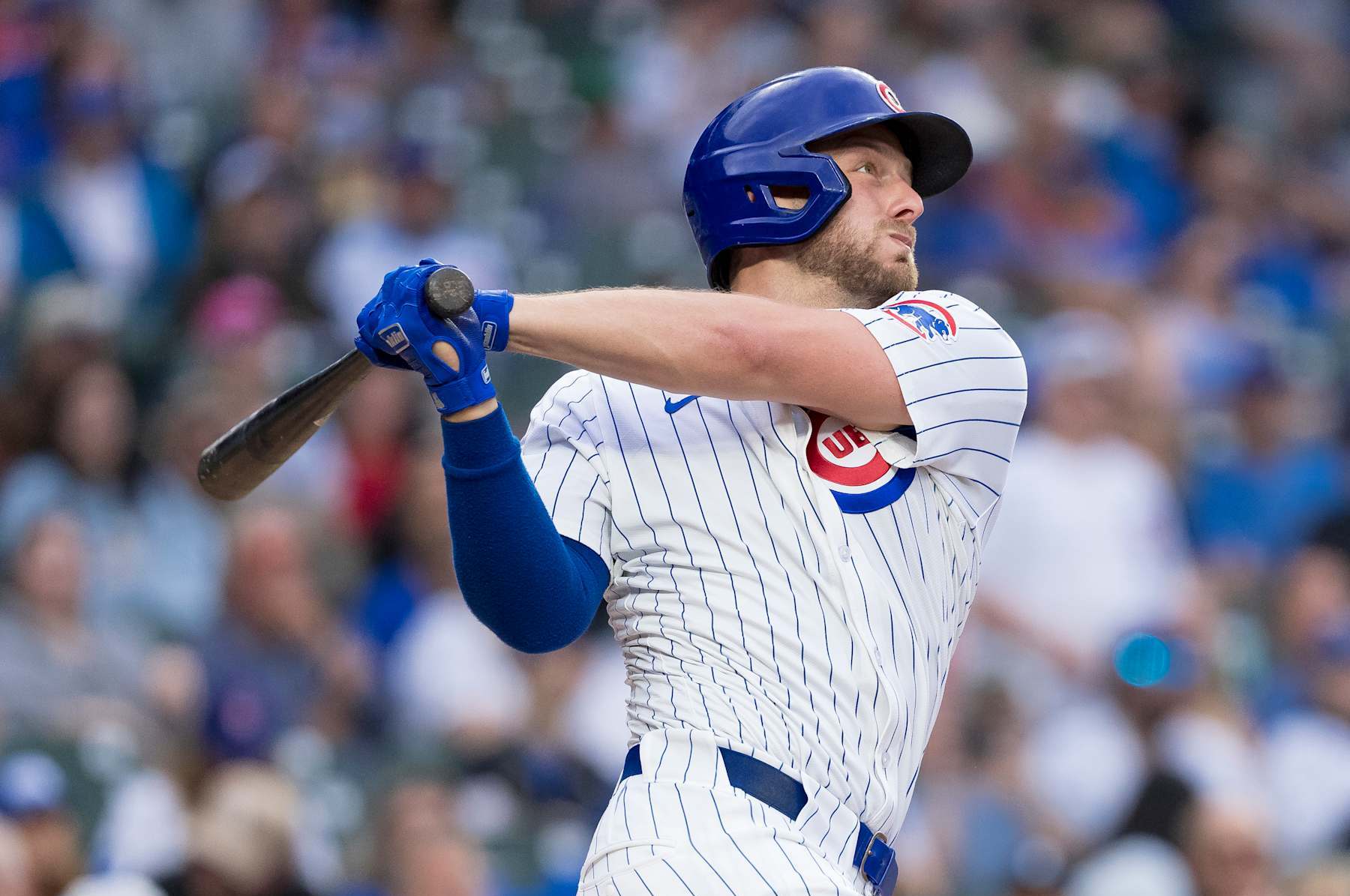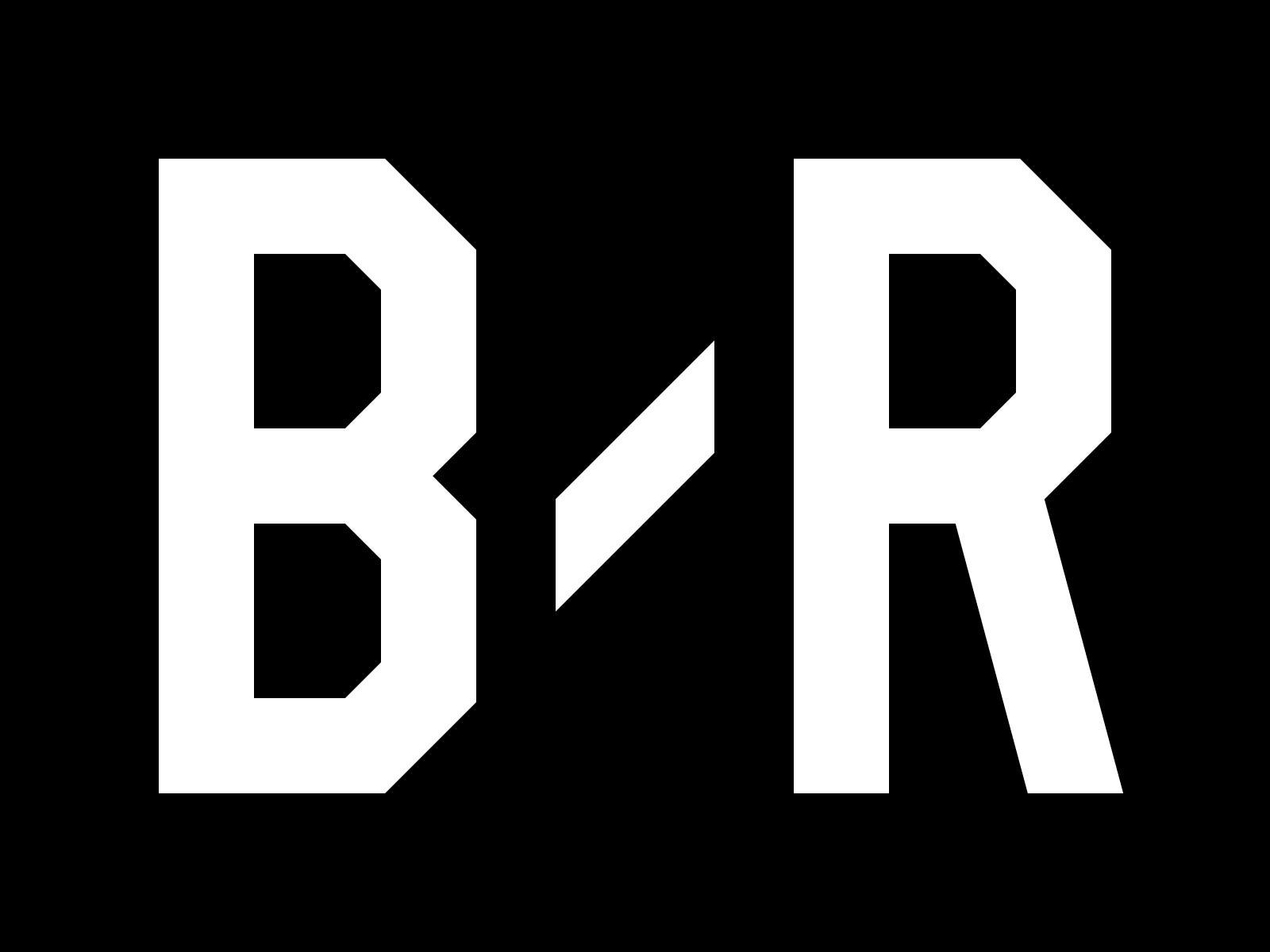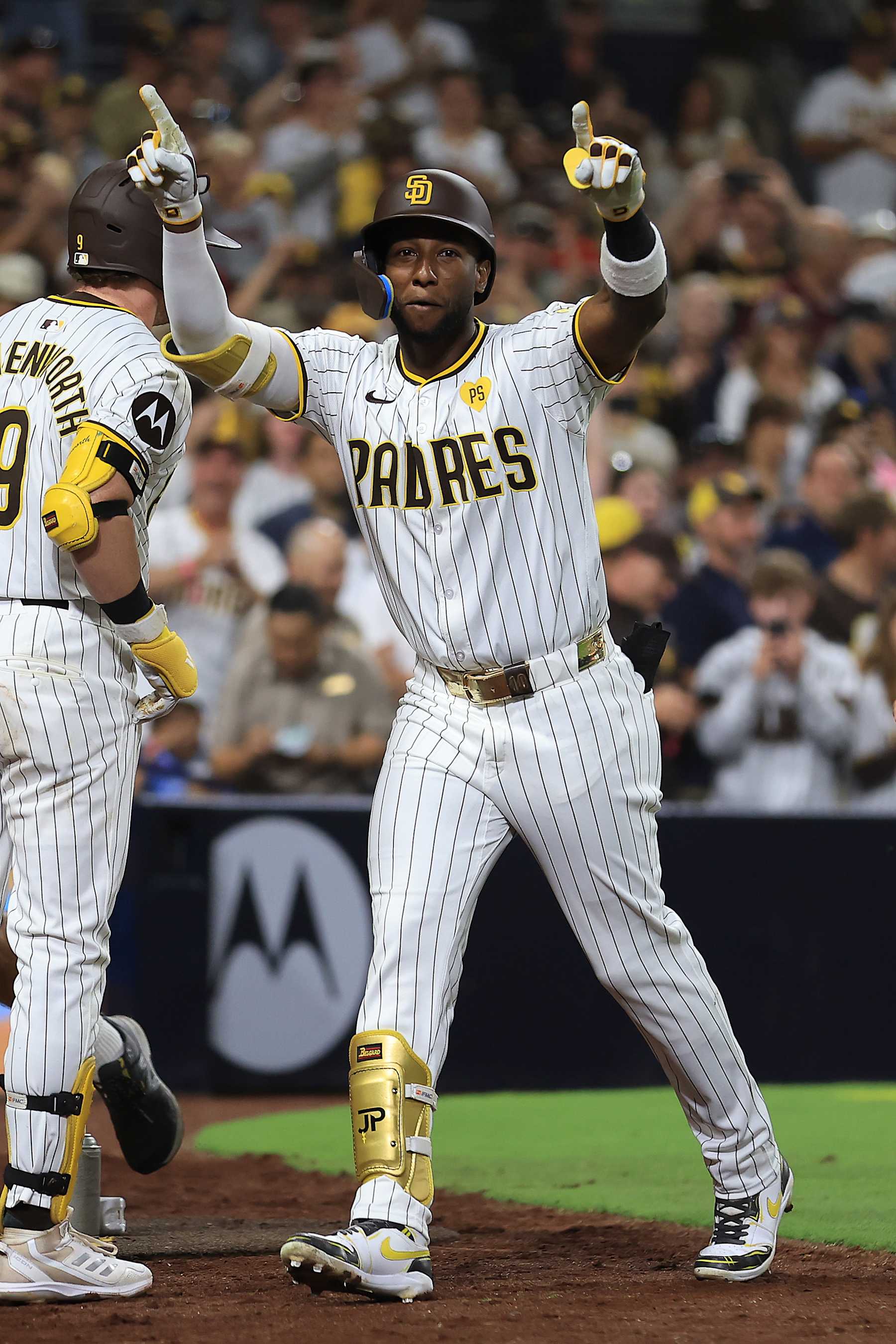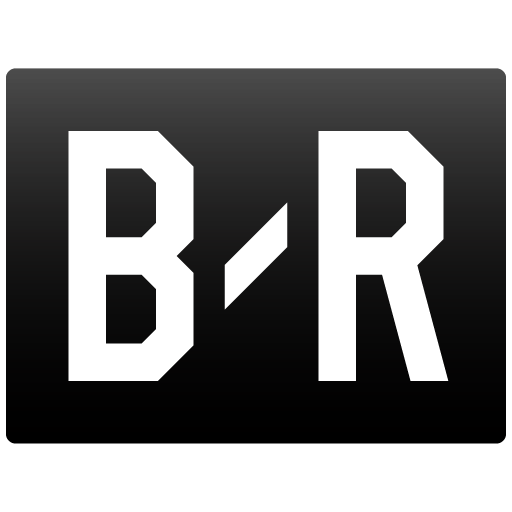The way baseball statistics are interpreted has changed with more readily available advanced metrics for anything and everything surrounding on-field production.
The days of simply looking at a player's surface-level stats and expecting those numbers to be duplicated are a thing of the past, and things like expected batting average, batting average on balls in play and average exit velocity have proven to be a good indicator of potential regression.
Ahead we've highlighted 10 hitters who enter the 2025 season as potential bust candidates due to one or more red flags in their advanced metrics. In some cases, the regression already started during a slow second half on the heels of a great first half.
This is no guarantee that any of these players are going to struggle during the upcoming season, and the term "bust" can mean a lot of different things, but it would be wise to temper expectations for these 10 players.
Michael Busch, Chicago Cubs

Why Expectations are High
The Cubs acquired Michael Busch from the Dodgers last offseason and immediately slotted him in as the team's starting first baseman. The 27-year-old ended up playing in 152 games, posting a 118 OPS+ with 28 doubles, 21 home runs, 65 RBI and 2.8 WAR as one of the more productive rookie run producers. The decision to trade Cody Bellinger to the Yankees was a vote of confidence in him as the first baseman of the present and future.
Why He Could Be a Bust
Busch had one of the largest gaps between batting average (.248) and expected batting average (.217, 8th percentile) of any qualified hitter. A strong 11.1 percent walk rate does give him a solid offensive foundation, but his middling batted-ball data points to some likely regression at the plate, and it already started to catch up with him as he hit .216/.303/.402 in 231 plate appearances after the All-Star break last year.
Oneil Cruz, Pittsburgh Pirates
Why Expectations are High
Oneil Cruz has some of the loudest raw tools of any player in baseball with an athletic 6'7" frame, blazing speed and huge raw power. After a fractured fibula limited him to nine games in 2023, he returned to post a 113 OPS+ with 34 doubles, 21 home runs, 76 RBI, 22 steals and 2.5 WAR in 146 games last year. Shifting from shortstop to center field should also allow him to focus more on his offensive game going forward.
Why He Could Be a Bust
The list of players who have found consistent success while carrying a 30 percent strikeout rate is a short one, and Cruz has made very little progress in the plate discipline department since breaking into the majors, tallying 181 strikeouts and a 30.2 percent strikeout rate in 2024. He hit .295 against fastballs and .205 against breaking pitches last year, and teams are eventually going to stop throwing him fastballs until he proves he can adjust.
Tyler Fitzgerald, San Francisco Giants
Why Expectations are High
A fourth-round pick in the 2019 draft who never ranked higher than the No. 28 prospect in the San Francisco farm system, Fitzgerald exploded onto the scene last year after Nick Ahmed and Marco Luciano failed to hold down the starting shortstop job. The 27-year-old hit .280/.334/.497 for a 136 OPS+ with 19 doubles, 15 home runs, 34 RBI, 17 steals and 2.8 WAR in 96 games, finishing fourth on the Giants roster in WAR behind only Matt Chapman, Logan Webb and Ryan Walker.
Why He Could Be a Bust
Statistically speaking, there is not a bigger regression candidate in baseball heading into the 2025 season than Fitzgerald. His gap between batting average (.280) and expected batting average (.227) was the widest of any qualified hitter, and his .380 BABIP is completely unsustainable stacked up against his middling batted-ball metrics. Everything points to a significant step backward relative to his unexpected 2024 success.
Teoscar Hernández, Los Angeles Dodgers
Why Expectations are High
After a down year with the Mariners in 2023, Teoscar Hernández settled for a one-year, $23.5 million deal from the Dodgers last offseason. That ended up being one of the best moves of the year, as he posted a 137 OPS+ and slugged a career-high 33 home runs hitting behind the star-studded trio of Shohei Ohtani, Mookie Betts and Freddie Freeman. He went 7-for-20 with a home run in the World Series and re-upped with the Dodgers on a three-year, $66 million deal in December.
Why He Could Be a Bust
Despite posting some of the best numbers of his career, Hernández actually took a step backward in hard-hit rate (49.4 to 46.8 percent), average exit velocity (91.3 to 90.6 mph) and expected batting average (.258 to .250) relative to his disappointing 2023 season. He can still be a productive run producer, but if he lands closer to the .741 OPS and 108 OPS+ he logged in Seattle, it will be difficult not to label him as at least a mild bust.
Joey Ortiz, Milwaukee Brewers
Why Expectations are High
The Brewers acquired Joey Ortiz as the prospect centerpiece of the Corbin Burnes trade with the Orioles last winter, and while he was stationed at third base as a rookie, he was also viewed as the shortstop of the future with Willy Adames entering a walk year. After posting a 101 OPS+ with 25 doubles, 11 home runs, 60 RBI and 11 steals in a 2.7-WAR rookie season, those plans remain in place as he is penciled into the starting shortstop job for 2025.
Why He Could Be a Bust
The version of Ortiz that looked like a legitimate NL Rookie of the Year contender during the first half of the season was largely absent after the All-Star break, and his slump went beyond just his surface-level numbers to his approach at the plate.
- 1st Half: 269 PA, .264/.369/.432, 13.8 BB%, 17.1 K%
- 2nd Half: 242 PA, .211/.283/.362, 7.9 BB%, 23.6 K%
Is he a good hitter who had a bad second half, or a bad hitter who had a good first half? His glove gives him a high floor, but the drop-off from Adames to Ortiz offensively this season could be massive.
Isaac Paredes, Houston Astros
Why Expectations are High
The Astros acquired Isaac Paredes as one of the key pieces in the blockbuster deal that sent Kyle Tucker to the Cubs, and while he has spent parts of five seasons in the big leagues, he is still only 25 years old with club control through the 2027 season. After a 31-homer season in 2023, he was an All-Star for the first time last year before getting traded to the Cubs at the deadline.
Why He Could Be a Bust
Paredes looked like one of the most obvious power regression candidates in baseball following his 31-homer outburst, and that ended up being the case as his home run total dipped to 19 even with 70 extra plate appearances. He hit just .223/.325/.307 for an 82 OPS+ in 52 games after he was traded to the Cubs, and he ranked in just the 11th percentile in expected slugging percentage. He is a middling defender and a career .232 hitter, so a big chunk of his value is tied to his power production, and that is looking more and more like smoke and mirrors.
Jurickson Profar, Atlanta Braves
Why Expectations are High
Once the No. 1 prospect in all of baseball during his time in the Rangers system, Jurickson Profar finally saw everything click in his 11th big league season. He hit .280/.380/.459 for a 134 OPS+ with 29 doubles, 24 home runs, 85 RBI and 3.6 WAR after signing a one-year, $1 million deal with the Padres last offseason, winning a Silver Slugger and starting the All-Star Game. Now he joins the Braves on a three-year, $42 million deal.
Why He Could Be a Bust
Profar was a 3-WAR player in 2022 with the Padres, then he joined the Rockies in free agency and promptly forgot how to hit, posting a 77 OPS+ and minus-1.7 WAR in 111 games before he was released. His batted-ball data was encouraging last season, including a career-high 44.4 percent hard-hit rate, but he already showed some signs of regression last year with a .243 average and a 76-point dip in his OPS after the All-Star break. Can he avoid another letdown after leaving San Diego in the rearview?
Victor Robles, Seattle Mariners
Why Expectations are High
The Mariners plucked Victor Robles from the scrapheap last summer after he was cut loose by the Nationals, and he went on to hit .328/.393/.467 for a 155 OPS+ with 24 extra-base hits, 30 steals and 3.1 WAR in 77 games. He was signed to a two-year, $9.75 million extension in August, and he is still only 27 years old, so he will look to solidify his status as an everyday standout in 2025.
Why He Could Be a Bust
Robles was a 4.4-WAR player as a rookie for the World Series champion 2019 Nationals, but he managed just 1.4 WAR in 341 games in the five years that followed before he was released last June. Even with his speed, a .370 BABIP will be difficult to sustain given his lack of elite batted-ball metrics. To that point, his 28.6 percent hard-hit rate and 86.7 mph exit velocity were both right in line with the metrics he posted in previous years while struggling at the plate. The Mariners didn't risk much financially when they signed him to an extension, but he is being counted on to hold down a starting job in the outfield.
Ezequiel Tovar, Colorado Rockies
Why Expectations are High
There was a lot to like about the season Ezequiel Tovar put together for an also-ran Rockies team in 2024, including a NL-leading 45 doubles, an impressive 75 extra-base hits overall and his first career Gold Glove at shortstop in a 3.8-WAR season. The Rockies inked him to a seven-year, $63.5 million extension following his solid rookie campaign in 2023, and that immediately looks like a team-friendly deal going forward. He also does not turn 24 years old until August, so he is still several years from entering his prime.
Why He Could Be a Bust
Strong surface-level offensive numbers and terrific defense did a great job overshadowing a staggering 200 strikeouts for Tovar. In fact, he only posted a 103 OPS+ even with all those extra-base hits, and he logged just 23 walks and a .295 on-base percentage. Digging into those numbers a bit further, his walk rate (4.1 to 3.3 percent) and strikeout rate (27.0 to 28.8 percent) both moved in the wrong direction in his second full season, and that's an alarming trend that will not be lost on opposing pitchers.
Connor Wong, Boston Red Sox
Why Expectations are High
The last man standing from the return package in the deal that sent Mookie Betts to the Dodgers, Connor Wong put together a career year at the plate in 2024 while emerging as Boston's primary catcher. The 28-year-old hit .280/.333/.425 for a 110 OPS+ with 24 doubles, 13 home runs and 52 RBI in 487 plate appearances, spending much of the year hitting out of the No. 5 spot in the Red Sox lineup.
Why He Could Be a Bust
If Tyler Fitzgerald is the most obvious regression candidate in baseball heading into 2025, Wong is a close second. His gap between batting average (.280) and expected batting average (.231) was the second-largest among qualified hitters, and he ranked near the bottom of the league in hard-hit rate (20th percentile), average exit velocity (11th percentile) and expected slugging (18th percentile). All of that makes it difficult to envision him coming close to replicating last year's offensive numbers.



Read 45 Comments
Download the app for comments Get the B/R app to join the conversation